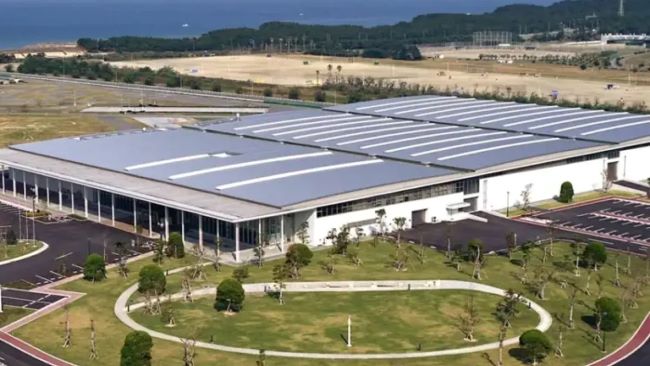Japan has launched its first osmotic power plant and the second in the world, generating electricity by mixing fresh and saltwater. The facility, located at a desalination plant in Fukuoka, is expected to provide power for approximately 220 households.
Fresh and saltwater are separated by a filter that only allows water to pass through. This creates pressure that can drive turbines, similar to conventional power plants. Unlike seawater, the salt source comes from wastewater from the desalination plant, which increases the energy generation efficiency.
The world’s first osmotic power plant operated near Oslo but was closed after four years. Today’s Japanese facility follows the Danish example, where an osmotic plant supplies energy to around 200–250 households using salt-rich wastewater from salt mines.
Researchers note that osmotic power has enormous potential: the mixing of fresh and saltwater in estuaries worldwide could generate an amount of energy equivalent to approximately 2,000 nuclear power plants. Improvements in filters and pumps are ongoing to make this form of renewable energy more efficient and economically viable.




